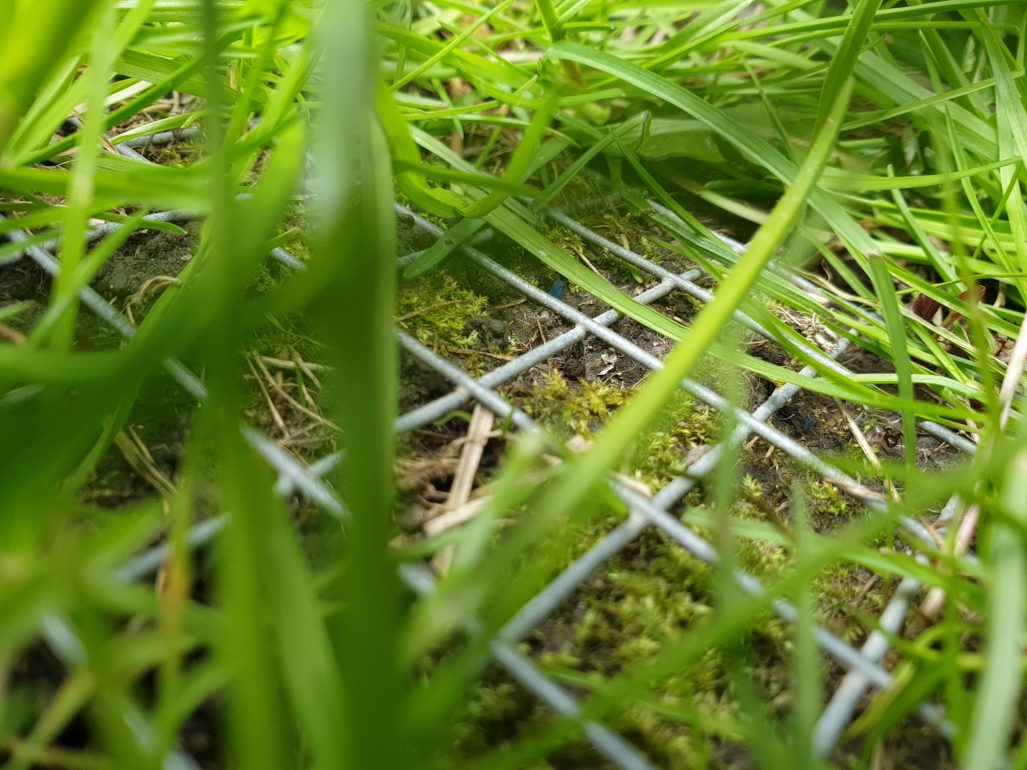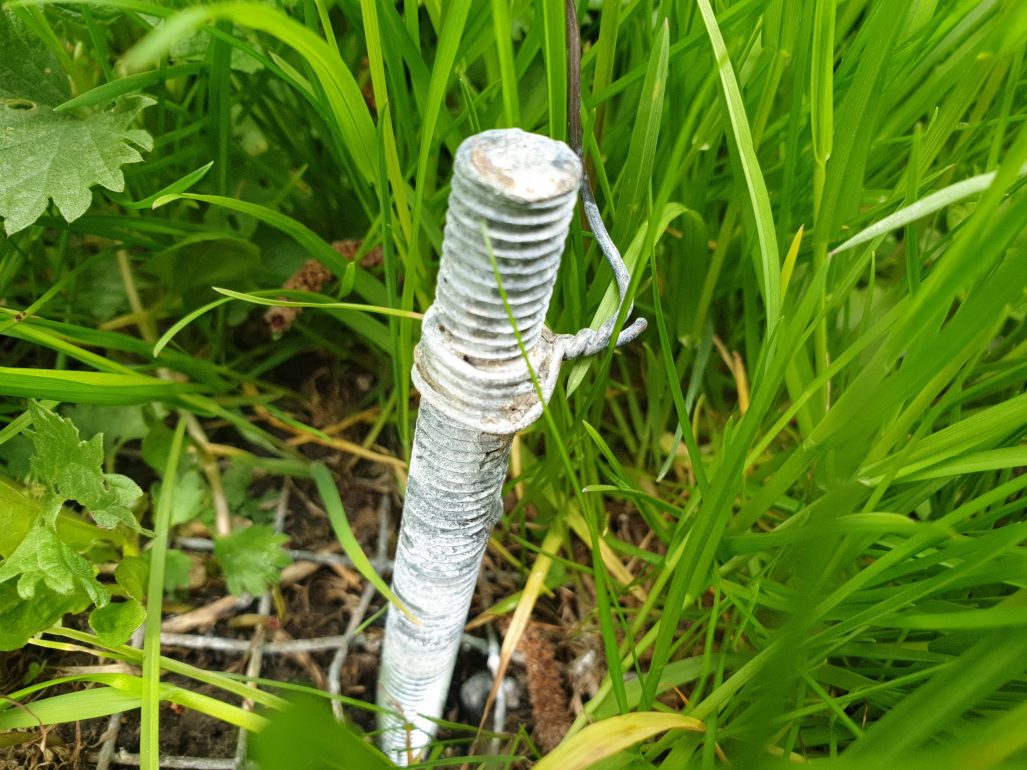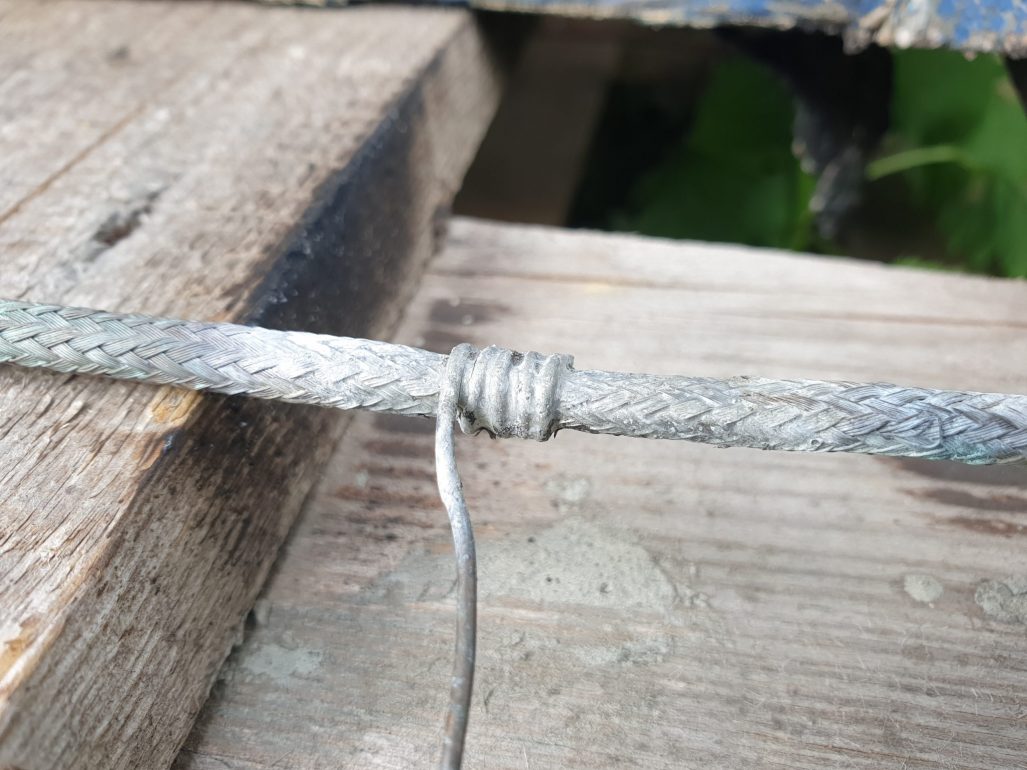
I'm currently using 2x15m (about 2x49 feet) doublet antenna fed by about 600 Ohm ladder line. This is one option. This antenna can be tuned by symmetrical antenna tuner from 80m up to 10m. After connecting together both feeder cables at the bottom we create vertical antenna with a top capacity.
Doublet is a complete antenna - it doesn't need any ground to work. Vertical antenna of this type (variations of GP antenna) need some kind of counterpoise. It could be radials - burried or lying on the ground, it could be isolated or bare. There is also option to use FCP (folded counterpoise, though I didn't tested it)
MMANA analysis shows, that in 160m band max current is at the bottom of antenna (at 80m band it behaves a little bit like EFHW - ground is not that much important). So for 160m ground should be really good.
So in my setup antenna tuner is just below doublet center. Lower part of T antenna should go straight to the ground (prependicular to ground) - to maintain antenna radiation pattern (typical omnidirectional "donut" pattern). Area just below tuner (5mx5m) is covered with thick galvanized mesh.

The area was first mowed low and raked. I bent U-shaped "pins" from steel wire to attach the mesh to the ground. After laying and soldering the mesh I covered it with... ash. Ash is very fine and "pulls" moisture from ground. Constant contact of the grid with the ground will stabilize the ground quality of this antenna. Some sources recommend bentonite for this purpose. I haven't tested bentonite, but ash seems to work quite well if vegetation overgrows it. And I have it for free in large quantities after each heating season.
In several places I've connected the nets with copper braid (tinned braid taken off the coaxial cable) and then soldered it using tin, torch and soldering paste. The whole thing is additionally connected with 2m long galvanized threaded rod hammered into ground.
Steel mesh and steel rod may not be the ideal solution, but certainly is cheap. My soil is quite alkaline and from my observations does not affect the increased corrosion. I plan - in future - to add more grounding rods - designed for this purpose.
I primarily use 18m radials. Why this length and not another? A half-wave dipole for 160m lying on the ground in my garden is about 36m long. As you can see the shortening factor due to the proximity of the ground is large. So 1/4 wavelength comes out to 18m and I decided to use such radials.
As I wrote earlier it is extremely important to minimize losses in the current node. In my installation this is provided by the grid, but also by shorter radials, that I tried to arrange as dense as possible around the feed point. These short radials are up to 10m long.

Around the antenna tunner box there is grounding "bus" made of thick coaxial cable braid (copper pipe would be better, but in this project cost is an important issue - pipe isn't cheap, old coax I had lying around and collecting dust ;)). In many places this rail is connected by a short, thick copper wire to the grid. Additionally, radials are connected directly to this rail.
A good quality ground is often neglected. And this is unfortunately a mistake. You have to take all possible steps to make every element of the antenna system as good as possible. Every loss adds and lead to worse results. To test changes I recommend starting in contest - like CQ WW or CQ 160m in QRP category. You can also use pskreporter. While using 100, 500, or 1500 watts you probably won't see much change by adding a few radials or making small improvements. However using 5W a few more radials may mean a few more QSOs, an additional multiplier, etc. Satisfaction guaranteed 🙂 !
